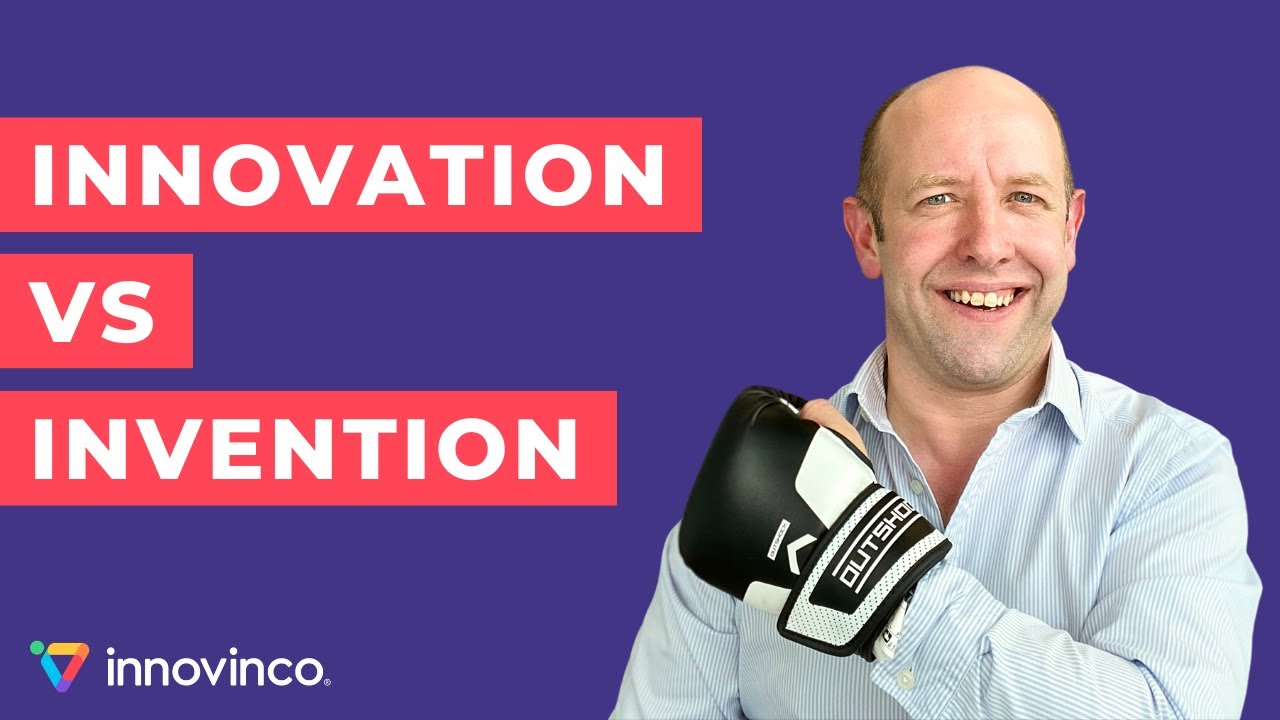Inovasi Pendidikan | Discovery, Invensi, dan Inovasi | Belajar Inovasi dari Perusahaan Besar
Summary
TLDRIn this educational video, Indra Musthofa explores the concept of innovation in education, breaking down key terms like discovery, invention, and innovation. He emphasizes how innovations can improve teaching methods, adapt to technological advancements, and meet modern educational needs. The speaker highlights characteristics of innovation, such as its relative advantage, compatibility, and complexity, and provides examples from successful companies like Google and Apple. Ultimately, the message encourages educators to embrace innovation to improve educational outcomes and stay relevant in an ever-changing world.
Takeaways
- 😀 Innovation in education refers to creative and adaptive changes that help improve learning processes and outcomes.
- 😀 Discovery involves finding something that already exists but was previously unknown, such as the discovery of America.
- 😀 Invention is the creation of something entirely new, like the invention of the light bulb or mobile phones.
- 😀 Innovation can encompass both discoveries and inventions, bringing new methods, tools, or ideas to solve problems or enhance learning.
- 😀 Education innovation includes adopting new technologies, learning methods, and teaching tools to adapt to modern needs.
- 😀 The process of development in innovation involves improving existing ideas, like the evolution from 3G to 4G mobile networks.
- 😀 Diffusion refers to the spread of new ideas or inventions from the originators to wider audiences, ensuring broader adoption.
- 😀 Innovation is key to responding to societal challenges and advancements in technology, ensuring education stays relevant.
- 😀 Characteristics of educational innovation include relative advantage (benefits for users), compatibility (fit with existing needs), and complexity (ease of use).
- 😀 Successful innovations, like Google's ongoing product evolution or Apple's continuous release of new products, demonstrate the importance of adaptation and constant improvement in technology and education.
Q & A
What is the core concept of educational innovation?
-Educational innovation refers to changes or improvements in education that aim to make learning more effective and aligned with the current demands of society and technology. It involves introducing new ideas, methods, tools, or processes to enhance teaching and learning.
How does the term 'innovation' differ from 'discovery' and 'invention'?
-In innovation, something new is created or existing methods are improved to solve problems or meet new demands. A 'discovery' involves finding something that already exists but was previously unknown, like the discovery of America. An 'invention' is the creation of something entirely new, like the invention of the light bulb.
What role does 'adaptability' play in educational innovation?
-Adaptability in educational innovation means that the methods, tools, or practices introduced must be flexible enough to address current and future challenges in education. Innovations should evolve to meet new needs and technologies, ensuring their relevance over time.
Why is it important to consider the 'complexity' of an innovation in education?
-The complexity of an innovation refers to how easily it can be understood and adopted by educators and students. Innovations in education, such as new learning technologies or methods, may require time and training to be effectively implemented, and their complexity must be manageable for successful adoption.
How does 'diffusion' contribute to the spread of educational innovations?
-Diffusion refers to the process of spreading a new idea, practice, or product from its origin to a wider audience. In education, this involves sharing successful innovations, such as online learning platforms, across schools and educational systems, allowing them to benefit more students and educators.
Can you explain the 'development' phase in the context of innovation?
-Development in innovation refers to the stage where an initial idea or invention is refined and improved. For example, the development of 3G to 4G networks or upgrading software to enhance usability reflects how innovations are enhanced to meet evolving needs.
What is the significance of leadership in driving educational innovation?
-Leadership is crucial in driving educational innovation because it provides direction, motivation, and the resources necessary for successful implementation. Effective leaders must inspire and manage teams, ensuring that innovations are aligned with educational goals and are supported by the necessary infrastructure.
What are some examples of companies that excel in innovation, and what can educators learn from them?
-Companies like Google, Apple, and Toyota are examples of organizations that excel in innovation. Educators can learn from these companies by continuously updating their practices, embracing new technologies, and ensuring their systems are adaptive to meet the changing needs of students and society.
How can the 'urgency' of educational innovation be justified?
-The urgency of educational innovation is driven by factors such as the growing global population, rapid technological advancements, and the need for updated curricula. Education must keep pace with these changes to provide students with the skills and knowledge needed to thrive in the modern world.
What are some potential benefits of educational innovation?
-The benefits of educational innovation include improved learning outcomes, increased engagement and motivation for students, more effective teaching methods, and better integration of technology. Innovations can also lead to more personalized learning experiences and enhanced access to education.
Outlines

This section is available to paid users only. Please upgrade to access this part.
Upgrade NowMindmap

This section is available to paid users only. Please upgrade to access this part.
Upgrade NowKeywords

This section is available to paid users only. Please upgrade to access this part.
Upgrade NowHighlights

This section is available to paid users only. Please upgrade to access this part.
Upgrade NowTranscripts

This section is available to paid users only. Please upgrade to access this part.
Upgrade Now5.0 / 5 (0 votes)





